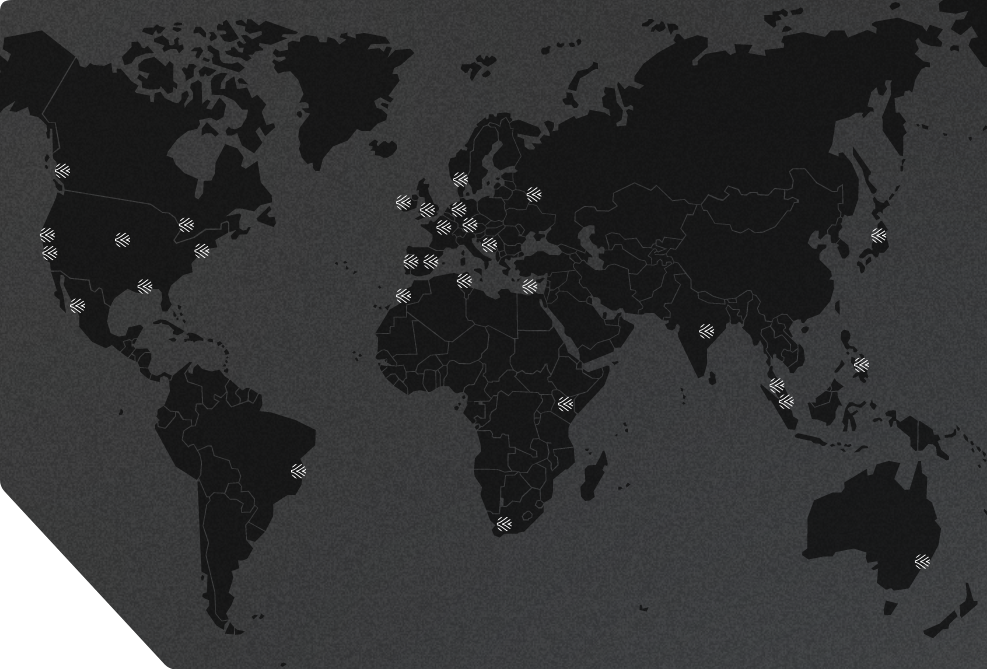Data driven hiring
- Share on LinkedIn
- Share on Twitter
- Copy link Copied to clipboard

Data driven hiring

How robust are your data driven hiring processes?
In many organisations, data is now considered their most valuable asset… behind people, we hope!
So why should talent be any different? Businesses are making huge strategic investments in BI tools to give one data picture of the whole business. But how often is Talent included in this process? How much attention does Talent team data get from your data specialists?
The answer is probably not enough or none. It’s often left as an outlier or a de-prioritised area.
However, if we want Talent to have a real seat at the table and be considered a core pillar of business strategy then we need the data to compete with other business units and help with deep stakeholder engagement.
Therefore, we need to focus on it investing time and budget. Sometimes we are so focused on delivery as a profession we never get to the things that can materially shift the talent function forward and add real value.
Our embedded consultancy model ensures Talent functions are set up for success
Our top things to consider
1) What data do I collect?
We have spent the last 24 months going through this journey in Bond. In our experience this will grow legs week by week. As you start testing and using the data to make decisions you will realise you need “more data”. (Plan what data you think you need, test, measure, repeat until you have a solid data set).
Adopt an agile approach! The picture and what data you need changes all the time based on the business/stakeholder needs. So, build a core data set but be prepared to bespoke the data all the time.
2) How do I collect data?
This is a real challenge. There are lots of ATS’s out there that can give you solid visibility and data. However, we have never seen one that will always give you the whole picture.
Make sure you select an ATS that gives you maximum reporting capability, however you will also need capability to deliver bespoke reporting and track additional data.
In Bond we plug into our partners ATS, however reporting never gives us a deep enough picture. Therefore we decided to build our own data reporting that plugs into power BI so we are always in control of the data and not limited to an ATS reporting ability. (this may not be the best route for everyone but works for us).
Experience from the industry
David Owen – Global Head of Talent Acquisition at Dyson shared his experiences in this area:
“Enjoy the process and do not underestimate the time needed to get the smaller things such as disposition reasons at each job step right, it will catch you in later reporting. If you have the in-house TA capability then try to involve your teams in global testing, it will inadvertently train them but importantly capture any nuance you may not see within your company.
My personal advice having just designed, configured, tested and launched Workday Recruit is to pick a system based on the scale and agility you need now and for the next 2-3 years. For us Workday Recruit is great as it drives consistency and scalability and is quite rigid in terms of background checks, offer approvals and data flow from candidate -> employee in one HRIS ecosystem. Historically, we had Avature, which a few years ago was really important to provide rapid flex and configuration. If I were a start-up I would potentially go for an even more agile system than Avature e.g. JobAdder with a roadmap to stepping into a bigger system with increased functionality later.”
3) How do I use data?
Never make a decision without it. Start with your internal team. Every Talent team meeting make sure you are using data to provide updates. Refrain from opinions and gut feel as much as possible.
When your talent team has grasped it you can start communicating externally with the business using data to back everything up. Make sure you are telling a “story” through data. Data can be boring so bring it to life. Summarise the “so what” early and consider how much your audience is likely to know before constructing that story.
The only way to create deep stakeholder influence is through data. People can challenge opinion and gut feel it’s a lot harder to challenge cold, hard data!
4) How do I make data sit at the core of talent?
Don’t assume people will just be able to acquire, analyse and tell a story through data, they won’t. You will need to invest in training and push people to develop skills in this area.
Make sure people understand the importance of it. At Bond we have a pretty autonomous & informal culture, however, we have one overarching rule, to make sure our data is always on point and we are using it to tell powerful stories.

